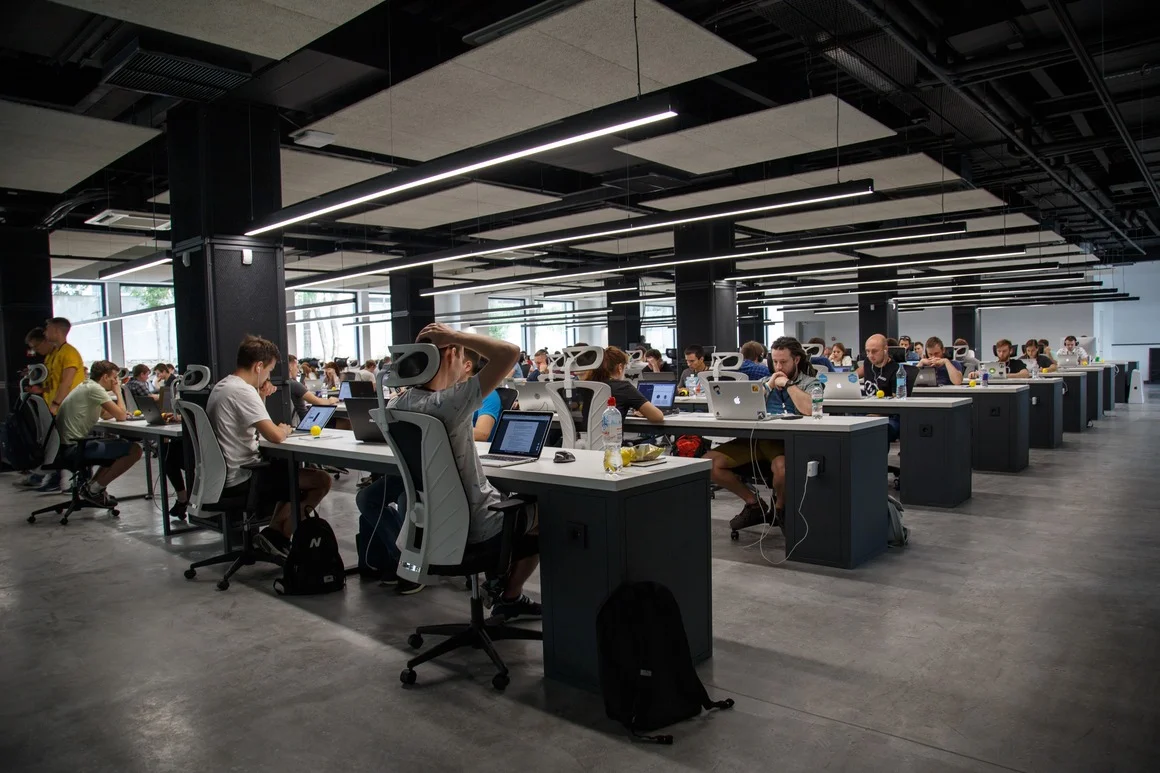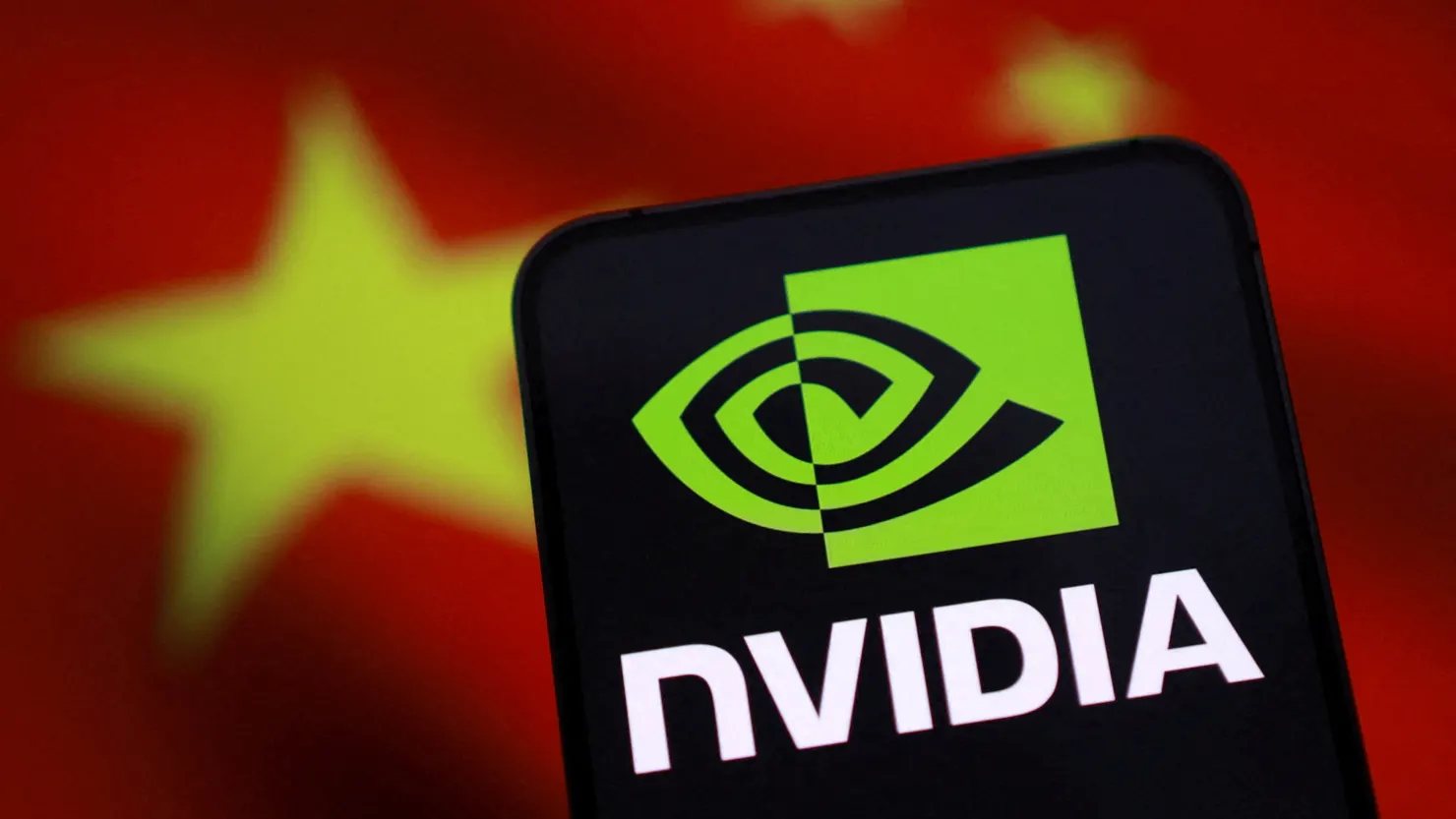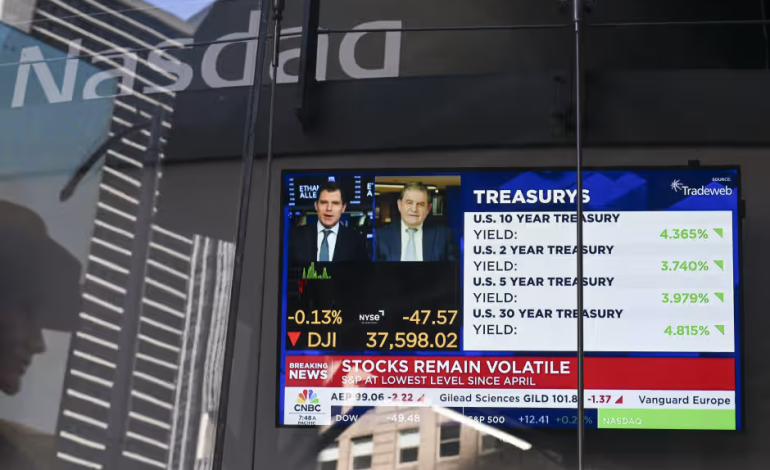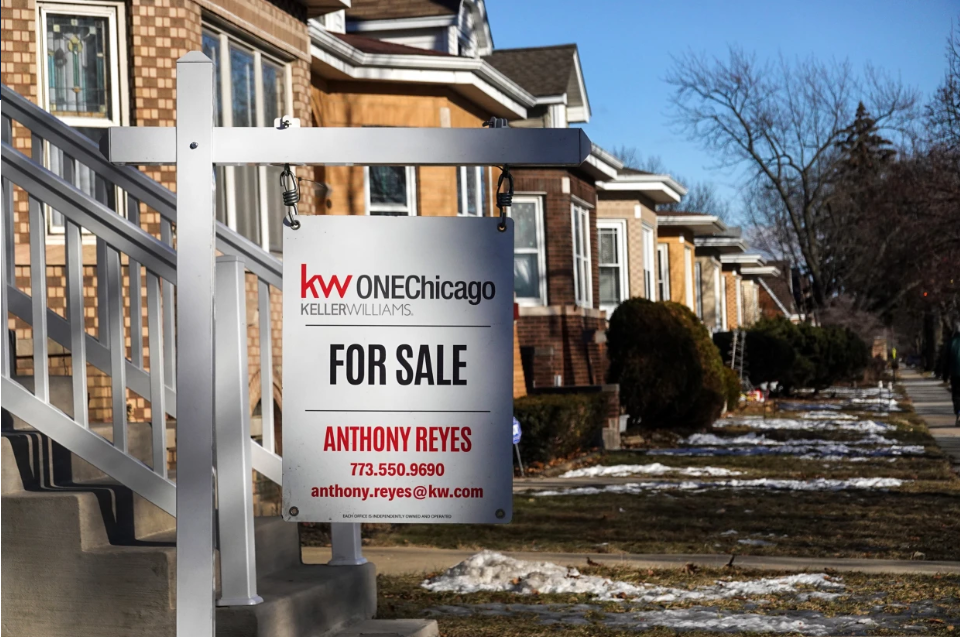Citigroup has once again revised its forecast for the S&P 500, raising its year-end 2025 target to 6,300 from a previously lowered estimate of 5,800, following the index’s close just above the 6,000 mark.
The change reflects growing optimism that a strong market rally—fueled by revived interest in artificial intelligence and record levels of corporate buybacks—may continue despite persistent policy uncertainties.
The new target suggests about 5% upside from current levels. Citi had initially projected 6,500 earlier this year but scaled back amid concerns that trade tensions could hinder economic growth. The bank now believes those risks, while still present, are increasingly being absorbed by markets with less disruption.
“High policy volatility is likely to persist,” Citi strategist Scott Chronert said in a note released Friday. “But the market appears better equipped to manage it, especially as macro fundamentals stabilize and investor sentiment strengthens.”
Citi’s revised outlook is underpinned by two main drivers: renewed momentum in the artificial intelligence trade and a projected $1 trillion in corporate stock buybacks for 2025.
Investment in AI-related technologies has kept capital expenditures resilient, even amid policy uncertainties. Citi sees this as a signal of structural growth potential that can support elevated valuations. The firm expects the S&P 500 to maintain a price-to-earnings (P/E) ratio of around 21, supported by long-term technology adoption trends that could make corporate earnings less sensitive to typical economic cycles.
On the buyback front, net activity has increased, suggesting companies are using stock repurchases to offset market volatility. According to Citi, this behavior aligns with earlier predictions that policy uncertainty and slower investment might prompt firms to return more capital to shareholders.
The bank also revised its full-year earnings-per-share (EPS) estimate for the S&P 500 to $261, up from $255, although still below its initial forecast of $270. The increase reflects improving labor market expectations and a modest upgrade to 2025 GDP growth forecasts.
Other firms have also raised their targets in response to the market’s 20.4% rebound from mid-April lows. In the past week alone, JPMorgan, Deutsche Bank, Barclays, and RBC have all lifted their S&P 500 forecasts, citing reduced concern over trade disputes and a more constructive macroeconomic backdrop.
Chronert acknowledged that fluctuations in forecasts this year have largely tracked the uncertain trajectory of US trade and fiscal policy. However, he believes that investors, analysts, and corporations alike are becoming more adept at managing “fundamental volatility” relative to “policy volatility.”
“There will likely be more sector-specific tariffs and political posturing, but markets seem less reactive than they were during the April drawdown,” he noted, referencing the muted response to recent increases in tariffs on steel and aluminum.
Looking ahead, Citi sees moderate gains through the second half of 2025 and maintains a 6,500 target for mid-2026. Chronert recommends a strategy focused more on buying market dips than chasing rallies.
The S&P 500 is up 12.2% over the past year and just 2.4% shy of record highs. Economic data remains mixed, with US Treasury yields slightly lower and gold prices off recent highs. Apple, Tesla, and Qualcomm were among notable stock movers ahead of key events like Apple’s WWDC and ongoing US-China trade talks in London.
With input from Market Watch and CNBC.









The latest news in your social feeds
Subscribe to our social media platforms to stay tuned